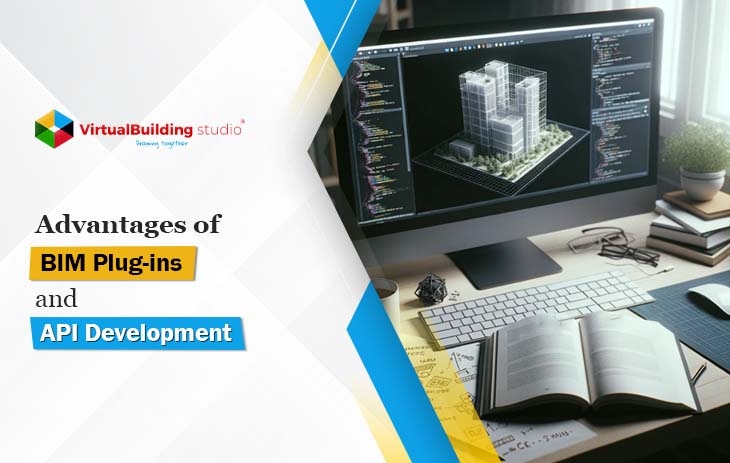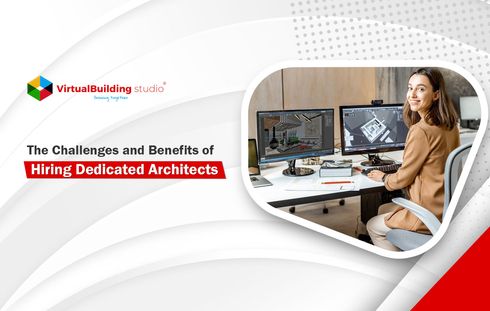
Building Information Modelling has become quite popular among architects and engineers across the world, and it is not surprising because in the little time that it has been around, it has created quite the buzz in the market.
As BIM prepares to take the AEC industry by storm, more and more users are coming out to share their success stories, paving the way for a radical shift in the ways of the construction industry, which is long overdue if you ask me. BIM not only takes care of all your design, planning, and construction needs, but it also ensures increased productivity while on a tight schedule.
In this digital era, everyone is competing to come up with solutions that increase productivity and save time without compromising the integrity of their project. It comes as exciting news to BIM users that engineers have now developed external applications that execute repetitive tasks and add to the versatility of BIM operations.
These external applications, tools called plug-ins, can manipulate different features of the BIM software to achieve particular design goals, automate repetitive tasks, thereby increasing the overall productivity.
Plug-ins also subsidize project management by facilitating project integration and information sharing, which aids in encouraging project development.
Plug-ins are used to facilitate cost scheduling and sustainability analysis by increasing synchronization and automating processes by integrating information from external servers that present a larger pool of solutions for the matter at hand. Even though more people now look for energy and performance analysis solutions, it is yet to be integrated into BIM design processes.
Even if they do, it is only towards the later stages of the construction process. In such conditions, plug-ins help by assessing different viable solutions at the initial stages, allowing more time and less negative impact on the building life cycle, if any. Some examples of BIM plug-ins are Flux, Dynamo, MWF Pro, Sherlock, Ideate BIM Link, Coins Auto-Selection Box, and Palladio X BIM Windows Layout.
All of these popular plug-ins help streamline workflow, communicate design and construction information better, work with complex model information, separate objects into specific parameters, increase efficiency, and make integration, management, and your life simpler.
An API (application programming interface) is a software intermediary that allows interactions between two applications. In simpler terms, an API is what allows you to send instant messages to your friends through software like Facebook and WhatsApp. Now, when you think of project management and coordination through BIM, you do need to develop an API that allows you to do the same.
Developing an API and plug-ins help enhance the capabilities of existing BIM software. BIM APIs allow users to create, update, and retrieve information about the building’s life cycle. It also assigns project admins and allows the sharing of BIM models and other project documents that maximize collaboration between multiple parties.
Through APIs, we can synchronize the data in existing BIM platforms with external systems. It tracks and updates information in real-time and allows coordination of data from different disciplines into a unified space.
At Virtual Building Studio, we believe that each project is unique and has its challenges and difficulties. So, to overcome those difficulties, we develop APIs that automate the said tasks. Moreover, BIM users are already familiar with their software and its limitations, so we use standard APIs and also develop our own.
Problems are now identified at an initial stage, which results in reduced costs of supplements. All of the information is readily available throughout all the stages of the building life cycle resulting in better design with higher efficiency and operational safety.
BIM plug-ins and API guarantee improved coordination and greater efficiency with shorter building life cycles. These added benefits are taking the BIM user experience to the next level, and we can see why the support base for BIM continues to grow.
We, at the Virtual Building Studio, provide API development services to our clients through detailed engineering and quality control using our ample expertise ranging from design to on-site installation. Our experts help clients in identifying and eliminating high-cost areas by re-designing MEPF services and resolving constructability issues.
Our team has been consistently working towards ensuring on-time project delivery and quality outputs. We have successfully handled a wide range of BIM projects with varying complexities for our clients in the USA, the UK, Singapore, Australia, and the UAE.
We are committed to providing our clients with the best of the opportunities that ensure their growth and success. We have been working towards establishing a firm foothold in the BIM industry, and our team of experts is leading the way.




